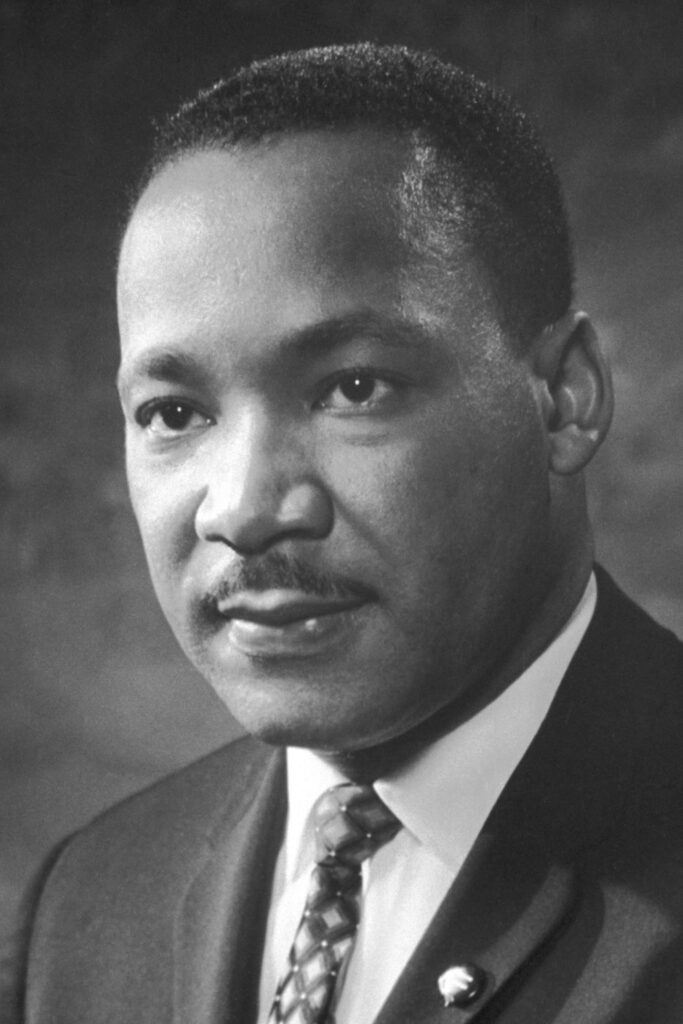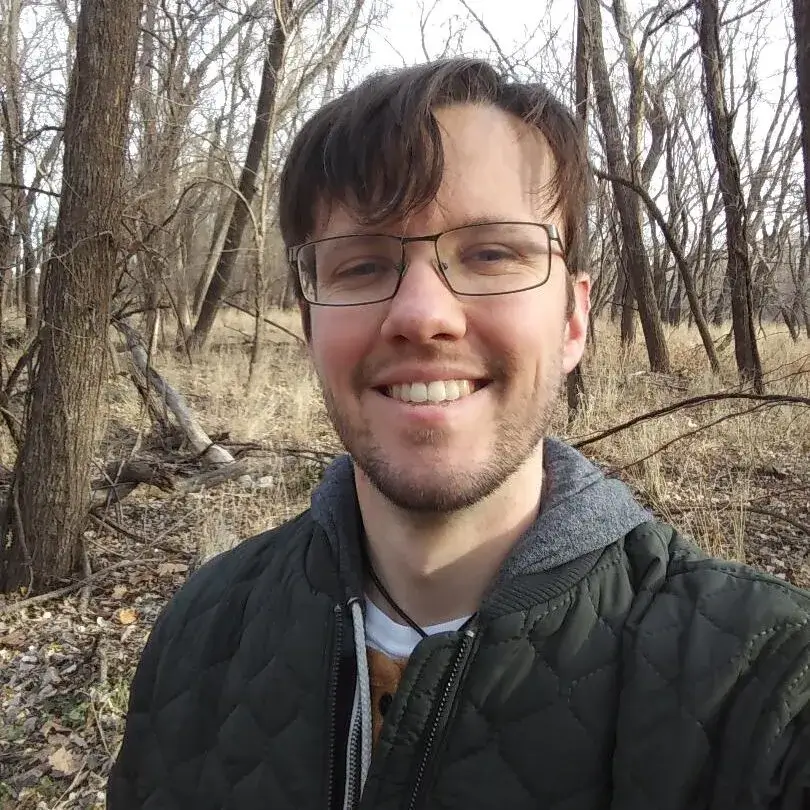The Activism of Martin Luther King, Jr.

“Peace is not merely a distant goal that we seek, but a means by which we arrive at that goal.” —Martin Luther King, Jr.
Happy Martin Luther King Jr. Day, everyone! Today, we celebrate and remember the life and work of one of the most important historical figures in American history, and one of my personal favorite people in history. However, in this article, I want to focus specifically on King’s activism. We all know his work moved the needle forward in American society for civil rights, but I think it is less understood as to how he went about this remarkable achievement with his dedication to nonviolent means.
A brief history of King’s activism and a look at his belief in nonviolence
King had started his activism at a young age. Most notably with a letter to the editor in the Atlanta Constitution on August 6, 1946, where he stated that Black people “are entitled to the basic rights and opportunities of American citizens.” King was just 17 years old at the time of this publication.
King had been introduced to the concept of nonviolence as a 15-year-old freshman at Morehouse College while reading nineteenth century poet and essayist Henry David Thoreau’s work, ‘Essay on Civil Disobedience.’
As a student at Crozer Theological Seminary in 1950, King heard a talk by president of Howard University Dr. Mordecai Johnson. The talk was in regard to the life and teachings of Mohandas K. Gandhi. King would go onto note Gandhi in his writings later as the first person to create a powerful force for social change out of Christian love. King noted that Gandhi’s stress on nonviolence and love was “the method for social reform” that he had been seeking.
In 1958, King survived an assassination attempt by Izola Ware Curry, who was described as a 42-year-old mentally disturbed Black woman. Curry stabbed King in the chest with a seven-inch ivory-handled letter opener with such force that the handle snapped off. It’s reported that she shouted, “I’ve been after him for six years. I’m glad I done it!” Doctors later told King that had he so much as sneezed he would have died due to how close the blade was to his heart. Despite the attempt at his life, the incident affirmed King’s faith in nonviolence and he did not press charges. Though Curry was admitted to a mental hospital until her death in 2015.
This was also not the first time King had received a threat to his life. In late January, 1956, just days after receiving a threatening phone call, his home was bombed while he was speaking at a mass meeting. While his wife and daughter were unharmed, this did draw an angry crowd to his home. Nevertheless, King pleaded for nonviolence.
On October 19, 1960, King would be arrested during a sit-in demonstration at an department store in Atlanta, Georgia. He was sentenced to four months hard labor for violating probation conditions after having been caught driving with an out of state license earlier that year.
There were many other instances of King demonstrating nonviolence for his cause, but what was so remarkable about the protests that King participated in was, unlike many protests today where it is come one, come all, not just anyone could join these protests. These were protests done by protestors that were trained, dedicating months of their lives to practicing nonviolence, including not reacting when harm was done to them. These protests were also peaceful, meaning they did not hurt other people’s property or things or take away people’s right to move freely and access things.
King had stated that the power was in “unearned suffering” where a sense of moral shame is awoken because the protestors are being harmed while being peaceful and simply trying to call attention to an issue.
King’s nonviolent notion was based on six key principles.
“First, one can resist evil without resorting to violence. Second, nonviolence seeks to win the “friendship and understanding” of the opponent, not to humiliate him (King, Stride, 84). Third, evil itself, not the people committing evil acts, should be opposed. Fourth, those committed to nonviolence must be willing to suffer without retaliation as suffering itself can be redemptive. Fifth, nonviolent resistance avoids “external physical violence” and “internal violence of spirit” as well: “The nonviolent resister not only refuses to shoot his opponent but he also refuses to hate him” (King, Stride, 85). The resister should be motivated by love in the sense of the Greek word agape, which means “understanding,” or “redeeming good will for all men” (King, Stride, 86). The sixth principle is that the nonviolent resister must have a “deep faith in the future,” stemming from the conviction that “The universe is on the side of justice” (King, Stride, 88).”
How King’s work relates to today
I think the world today is not short of activists and protestors, but I do think the world is short on activists and protestors who are actually serious about the goals they say they’re working toward. Chances are you have heard of groups like People for the Ethical Treatment of Animals (PETA), Black Lives Matter (BLM), Just Stop Oil, or Human Rights Campaign (HRC). However, it’s less likely that you’ve heard of groups like White Coat Waste Project, Black Guns Matter, or Last Prisoner Project. The difference between the four better known groups versus the other three lesser known groups I listed is that the first four are interested in attention while the last three are interested in meaningful change. The first four groups are loud for the sake of being loud and often times hurt their cause for meaningful change. These are the people that real activists tend to hate because they make the work of real activists that much harder to gain sympathy from the public.
King understood that being loud for the sake of being loud would not be enough. He understood that, while it was a good thing to get noticed, his efforts would be in vain if people were unsympathetic to his cause. Violence, therefore, would not and could not be an effective way to change the status quo. King, and the people he protested with, understood this and made the effort to make change peacefully. There simply is not a better way to make such an incredibly brilliant impact on society than through nonviolent means.
“Human progress is neither automatic nor inevitable… Every step toward the goal of justice requires sacrifice, suffering, and struggle; the tireless exertions and passionate concern of dedicated individuals.” —Martin Luther King, Jr.
Thanks for reading. Be sure to share and subscribe. You can also help support independent journalism in Kansas by buying me a coffee at buymeacoffee.com/kscon.

Ian Brannan
Ian Brannan is an independent journalist who founded The Kansas Constitutional in April 2022. His work focuses on issues including abortion, Convention of States, drug policy, education, government, LGBT issues, media, and more.
